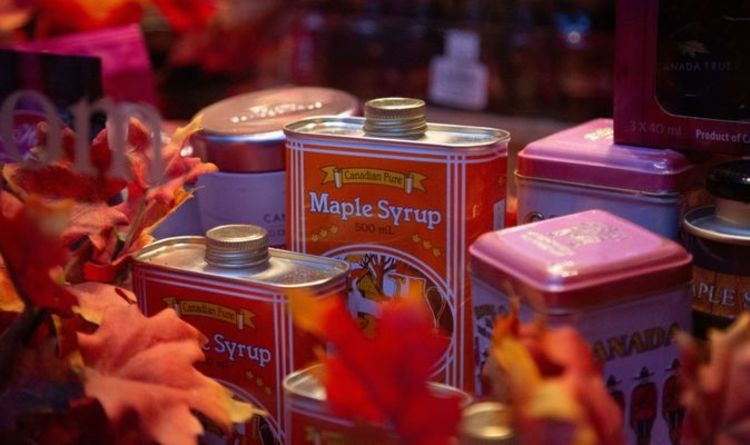SYRACUSE, N.Y. — The supply chain disruption and the pandemic have affected every industry in the world and maple equipment manufacturers are no exception.
President of Next Generation Maple Products, Steve Caccamo, located in East Syracuse, N.Y. said that stainless steel, the most critical input for any equipment manufacturer in the maple industry, has seen unbelievable changes in prices and obtainability over the past half year.
Caccamo said that 4×10 sheets of 20 gauge stainless that were selling for $198 last year soared to $715 per sheet on Oct. 13,
Although prices have gone down to $398 as of early January, that is still double the price of last year.
“Some of our equipment has 40 different components and everything has doubled,” said Caccamo. “It’s brutal.”
The square metal tubing that he uses for the frame of his hobby sized R/O units used to be 98 cents per foot. Now it’s $1.98, he added.
In addition to price increases, availability is also an issue like the pressure gauges, he uses for his R/O units for example
“I need 50 and they give you 5,” Mr. Caccamo said “It’s like that with every component.”
Caccamo said he will call around to 4 or 5 different vendors trying to find stainless steel.
“It used to be a quote would be good for 30 days, now it’s 24 hours,” said Caccamo.
Jeff Smith, president of Leader Evaporator Co. said “ASAP business is going to be very difficult,”
The whipsaw effect of the current Omicron surge in Covid will disrupt manufacturing and inputs even worse than before, Smith added.
“I would tell sugar makers to buy early because prices are going to go up and availability is going to get worse,” Smith said.
It is recommended that in the market for maple producing equipment for the 2023 season should orders now.
“The tail on the supply chain issues is gonna continue to get longer,” Smith said. “Best thing for a producer is to make a commitment and buy early.”
About Maple Syrup
The following information was originally published here https://www.tenonanatche.com/maple-syrup.htm and has been republished with permission:
Maple syrup is made from the xylem sap of sugar maple, black maple, or red maple trees; however, it can also be made from other maple species. Maple syrup production is mainly located in northeastern North America; specifically, the northeastern states (including New York, Vermont and Maine) and the southeastern parts of Quebec and Ontario, Canada. Given the correct weather conditions, it can be made anywhere in the habitat range of the maple trees. In cold environments, the trees store starch in their trunks and roots before the winter; the starch is then turned to sugar that rises in the sap in the spring.
Maple syrup is the most popular natural sweetener in North America and its production predates European colonization. Indigenous peoples from the northeastern part of North America were the first group known to produce organic maple syrup and maple sugar. Aboriginal oral traditions and archaeological evidence suggest that organic raw maple tree sap was being turned into syrup long before Europeans arrived. European settlers adopted the practice and advanced production methods.
Several tribal legends passed on through oral story telling explain how maple syrup production began. Some stories give credit to the squirrel, the Nanabozho or the Glooskap. Another popular story claims that venison was cooked in tree sap and served to the chief. The sugaring season became an important time for aboriginal tribes. Rituals were celebrated based around sugaring and celebrating the first full moon of spring, the Sugar Moon. Maple syrup was used as a sweetener and a flavor enhancer.
Native Americans collected syrup using primitive tools. They carved V-shaped notches into the tree trunks using sharp stones, they diverted the sap flow with concave pieces of bark or reeds into birch bark buckets. The sap was concentrated by freezing the sap and removing the frozen water or by dropping hot stones into the buckets to evaporate the water. The production of maple syrup is one of the only agricultural processes that evolved in North America.
Early European colonists in the northeastern part of North America learned the basics of maple syrup collection from the native people. The indigenous people showed the colonists when and which trees to tap. Fur trader and European settlers were involved in the maple harvest by the 1680’s. The Europeans adapted the methods used by the Native Americans to make the harvest less destructive and more sustainable. Instead of slicing the bark to release the sap the Europeans used augers to drill small holes into the trees. This method is similar to what is used today. Maple syrup was an important commodity in liquid and sugar form in the 17th and 18th centuries because it was used in place of cane sugar. Cane sugar was expensive because it had to be imported from the West Indies.

